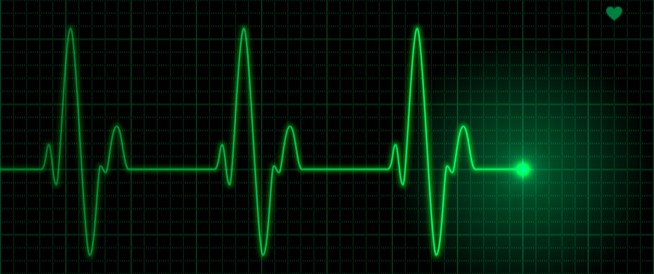العلم يجعلك تتحكم بدقات قلبك !!

العلم يجعلك تتحكم بدقات قلبك !!
العلم يجعلك تتحكم بدقات قلبك !!
في العام الماضي، أعلن العلماء في جامعة نورث وسترن عن تطوير جهاز تنظيم ضربات القلب قابل للذوبان عند عدم الحاجة إليه. الجديد اليوم هو نجاحهم في تحسين الجهاز ودمجه في مجموعة مرتبطة من أجهزة الاستشعار القابلة للارتداء، فيما يوفر آلية جديدة تساعد على التحكم في ضربات القلب بشكل أفضل، بحسب ما نشره موقع New Atlas نقلًا عن ورقة بحثية نشرته دورية Science.
تحلل بيولوجي
تم تصميم الغرسة الأصلية للأشخاص، الذين يتعافون من إصابة أو جراحة في القلب، أو أولئك الذين يحتاجون إلى جهاز تنظيم ضربات القلب لفترة قصيرة من الوقت. وفي غضون خمسة إلى سبعة أسابيع أو بمجرد تعافي المريض من الحالة أيا كانت، يتحلل جهاز تنظيم ضربات القلب بيولوجيًا ويمتصه الجسم بشكل غير ضار.
إجراء جراحي واحد
تعني التقنية الجديدة أنه يلزم إجراء عملية جراحية واحدة فقط، لزرع الجهاز المرن في القلب في البداية. ونظرًا لأنه يتم تشغيله لاسلكيًا بواسطة هوائي خارجي، فلا يلزم توصيله ببطارية منفصلة، في حين لا يزيد سمك الجهاز عن 250 ميكرونا فقط، ويزن أقل من نصف غرام.
تحسينات الإصدار الجديد
من بين التحسينات في الإصدار الجديد قدرته على التمدد والثني – مما يسمح له بالتوافق بشكل أفضل مع سطح القلب النابض – بالإضافة إلى أنه يطلق الآن عقارًا مضادًا للالتهابات عندما يذوب، من أجل منع الخارجية- ردود الفعل المناعية للجسم.
ويتصل الإصدار الجديد من جهاز تنظيم ضربات القلب لاسلكيًا بأربعة أجهزة إلكترونية ناعمة أخرى، ملتصقة مؤقتًا بالجلد في أجزاء مختلفة من الجزء العلوي من جسم المريض.
فيما تشتمل هذه الأدوات على وحدة ديناميكا الدم على الجبهة، والتي تراقب مستويات الأكسجين في الدم والأكسجين في الأنسجة وتوتر الأوعية الدموية؛ ووحدة تنفسية في قاعدة الحلق، تراقب السعال وأنشطة الجهاز التنفسي الأخرى؛ إلى جانب وحدة التغذية المرتدة اللمسية، التي يتم ارتداؤها في أي مكان على الجسم، والتي تهتز لتنبيه المريض إلى حدوث خلل أو مشاكل أخرى؛ ووحدة القلب الموجودة على الصدر.
المراقبة عن بُعد
يقوم الجهاز الأخير بتشغيل جهاز تنظيم ضربات القلب لاسلكيًا، ويراقب الأصوات والنشاط الكهربائي للقلب، بالإضافة إلى أنه يعدل باستمرار أنماط التحفيز الكهربائي لجهاز تنظيم ضربات القلب بناءً على التغذية المرتدة من نفسه والمستشعرات الأخرى. يتم إرسال جميع البيانات لاسلكيًا إلى هاتف ذكي أو جهاز لوحي قريب متصل بالإنترنت، مما يسمح لطبيب المريض بمراقبة حالته عن بُعد.
طمأنينة وراحة بال
بدوره، قال بروفيسور جون روجرز، الذي يقود البحث مع الباحثين إيغور إيفيموف وريشي أرورا: “من أجل تنظيم القلب المؤقت، يُلزم النظام المرضى من أجهزة المراقبة والتحفيز التي تبقيهم محصورين في بيئة المستشفى. ولكن مع [بواسطة الآلية الجديدة] يمكن للمرضى التعافي براحة في منازلهم مع الحفاظ على راحة البال التي تأتي مع المراقبة عن بعد من قبل أطبائهم. وهذا من شأنه أيضًا أن يقلل من تكلفة الرعاية الصحية ويوفر أسرة المستشفيات للمرضى الآخرين”.






